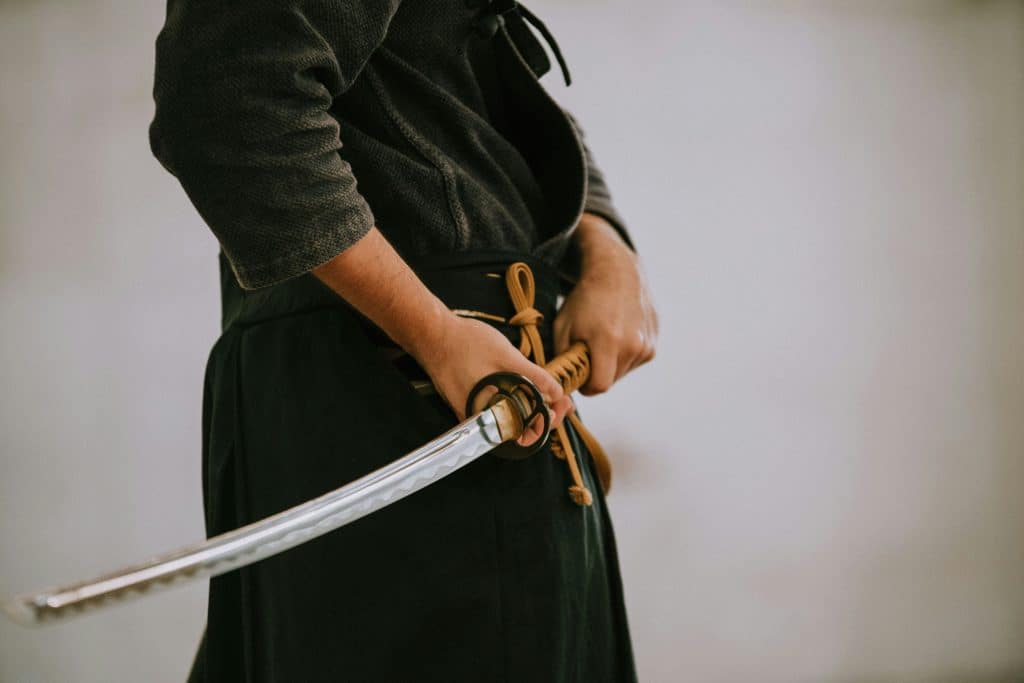The wakizashi is a legendary Japanese sword that has been an essential part of samurai history. While often overshadowed by the katana, the wakizashi played a crucial role in a samurai’s daily life, serving as a companion blade for self-defence, close combat, and ceremonial purposes. Today, the wakizashi remains a prized collectable and a practical training weapon for martial artists.
Whether you’re a sword collector looking for a high-quality display piece or a martial artist seeking a functional training weapon, choosing the right wakizashi requires careful consideration. From historical accuracy and craftsmanship to materials and balance, several factors can influence your decision.
Understanding the Role of the Wakizashi
The wakizashi is a short sword, typically measuring between 30 to 60 centimetres in blade length. It was traditionally paired with the katana in a set known as daisho, which symbolised a samurai’s status and honour. Unlike the katana, which was primarily used for combat, the wakizashi had multiple functions, including:
- Serving as a backup weapon in battle
- Being carried indoors when the katana had to be left at the entrance
- Used for self-defence in confined spaces
- Playing a role in seppuku, the ritual suicide performed by samurai to preserve honour
Because of its historical and cultural significance, the wakizashi is a highly sought-after Samurai Katana Sword for both collectors and martial artists.
Key Factors to Consider When Choosing a Wakizashi
With so many variations available, finding the right wakizashi can feel overwhelming. Whether you are buying a sword for display, practice, or as an investment, it’s important to consider the following factors.
1. Purpose: Collectable or Functional?
Before purchasing a wakizashi, determine whether you want a decorative piece or a functional training weapon.
- Collectable Wakizashis – These swords are designed for display purposes and often feature intricate engravings, ornate fittings, and high-quality craftsmanship. While they may have a sharp edge, they are not always battle-ready.
- Functional Wakizashis – These are designed for martial arts training and tameshigiri (test cutting). They are forged from strong materials and built for durability. If you plan to use your wakizashi for practice, make sure it has a full tang construction for added strength.
2. Blade Material and Quality
The quality of the blade plays a major role in the durability and performance of the wakizashi. The most common materials include:
- High-Carbon Steel – This is the preferred material for functional swords. It holds a sharp edge and offers excellent durability. However, it requires regular maintenance to prevent rust.
- Folded Steel – Traditional Japanese swords were made using folded steel, a process that removes impurities and creates a unique grain pattern on the blade. This is ideal for collectors who value historical accuracy.
- Stainless Steel – Often used for decorative swords, stainless steel does not require much maintenance, but it is not strong enough for combat or training.
3. Blade Construction and Tempering
A well-made wakizashi will have strong construction and proper tempering. Features to look for include:
- Full Tang – This means the blade extends through the handle, providing greater strength and balance. A full tang wakizashi is essential for training and combat use.
- Differential Hardening – Traditional Japanese swords undergo a clay-tempering process, where the edge is hardened while the spine remains softer. This creates a sharp yet flexible blade.
- Hand-Forged vs. Machine-Made – Hand-forged blades tend to have superior craftsmanship and durability, making them a preferred choice for serious collectors and martial artists.
4. Handle (Tsuka) and Fittings
The handle, or tsuka, is an important part of the wakizashi’s design, as it affects grip and control. Features to look for include:
- Ray Skin (Samegawa) Wrapping – Traditional Japanese swords feature a layer of ray skin beneath the handle wrap for added grip and durability.
- Silk or Cotton Wrap (Ito) – A tightly wrapped handle ensures a secure grip and prevents slipping during use.
- Menuki and Tsuba – The menuki (decorative ornaments) and tsuba (guard) not only add aesthetic value but also influence the overall balance and handling of the sword.
5. Balance and Weight
A well-balanced wakizashi should feel comfortable in your hands. The centre of balance should be close to the handle, allowing for precise control. For martial arts training, the weight should be evenly distributed to prevent fatigue during prolonged use.
6. Saya (Scabbard) and Accessories
The saya, or scabbard, protects the blade when not in use. A high-quality wakizashi will come with a well-fitted saya made from wood and lacquered for durability. Some models also include accessories such as a sword maintenance kit or a display stand, which can enhance your collection.
Choosing the Right Wakizashi for Your Needs
Once you have a clear understanding of what to look for in a wakizashi, it’s time to decide which type best suits your needs.
For Collectors
If you are a collector looking for a historically accurate and beautifully crafted wakizashi, consider:
- Folded steel or high-carbon steel blades with traditional hamon (temper line)
- Intricate fittings that match samurai aesthetics
- Hand-forged craftsmanship for authenticity and value
For Martial Artists
If you need a wakizashi for training, make sure it:
- Has a full tang construction for strength and durability
- Is made from high-carbon steel to withstand repeated use
- Features a secure tsuka wrap for a firm grip during practice
For Display and Home Décor
If you simply want a decorative piece to showcase in your home or office:
- Stainless steel blades offer a polished look with minimal maintenance
- Engraved or gold-plated fittings add aesthetic appeal
- A decorative saya complements the overall display
Overall
The wakizashi is a fascinating and versatile weapon with deep historical significance. Whether you’re a dedicated sword collector, a martial artist, or simply someone who appreciates samurai culture, choosing the right wakizashi is an investment in both craftsmanship and heritage.
By considering factors such as blade material, construction, and intended use, you can find a wakizashi that perfectly suits your collection or training needs. With proper care and appreciation, this legendary samurai sword will remain a treasured piece for years to come.







